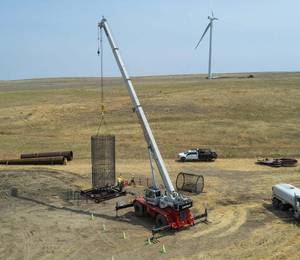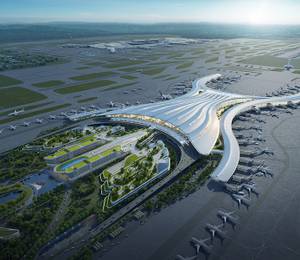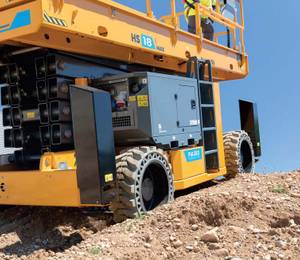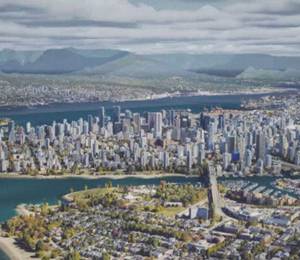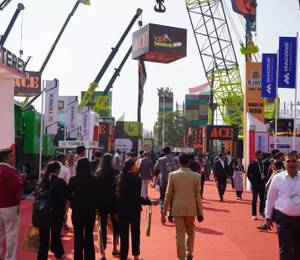Construction commodity prices in Singapore to remain at record high levels in 2022, as the sector deals with inflation, high material costs and shortage of skilled labour, according to the latest commodity report released by global construction consultancy Linesight. By the end of this year, the company expects that real construction output will surpass its pre-pandemic level.
Metal prices, which include copper, steel rebar and flat steel, are projected to ease slightly quarter-to-quarter between Q4 2021 and Q1 2022. Owing to higher prices in 2021, construction companies working on Housing and Development Board (HDB) projects have been given more support in the form of protected prices for steel, but an improvement in the global supply-demand balance will support a steady easing of prices in 2022.
Copper prices spiked at a 50.1% year-on-year increase between 2020 and 2021 and will remain relatively high moving into 2022 albeit is expected to ease somewhat at a 2.2% reduction from Q4 2021 to Q1 2022, assuming a recovery in production levels and a normalisation of the supply chain. On the other hand, prices of cement concrete, lumber, bricks and plasterboard are forecast to increase marginally from Q4 2021 to Q1 2022 due to increasing raw material and conveyance costs.
Lumber prices in Singapore continued to rise over Q4 2021, and although upward pressures will ease, the ongoing recovery in residential construction will keep prices relatively high in the coming quarters.
“Building material prices have soared in 2021 and they will stay at high levels in 2022. It will take at least another year, which is in early 2023, before we see prices of building materials stabilising to pre-Covid levels,” said Michael Murphy, director at Linesight Singapore. “This means that new construction and renovation projects – be it commercial or residential – will remain higher than those experienced pre-2020.
“A big reason building materials cost more these days is that supply chains were disrupted during the pandemic. Those supply chains now need to catch up with demand and we are seeing concerted effort by stakeholders – material producers, port operators, transporters and government agencies – to clear the backlog of supplies. Once that happens, the cost of building materials could start to decline.”
Real construction output is expected to reach US$18.4 billion in 2022, and US$19.4 billion in 2023, a year-on-year increase of 15.4% and 5.6% respectively. Meanwhile, Singapore was ranked 14th globally in terms of ease of doing business, demonstrating a conducive regulatory environment for business operations.
The price for metal, lumber and other building materials rose sharply in 2021, affecting most international cities across Asia Pacific, and the record high costs will stay for the rest of 2022.
Click here to access the full report.
Image: Jonathan Chan/Unsplash
